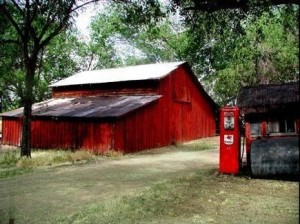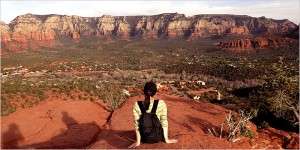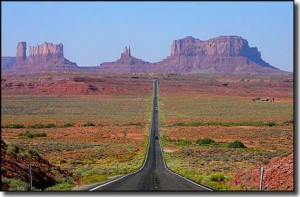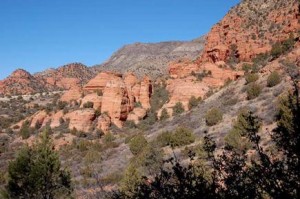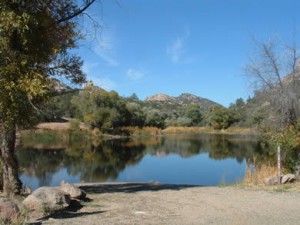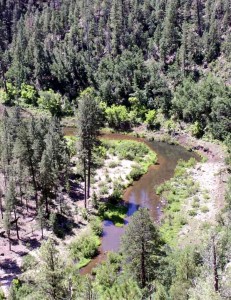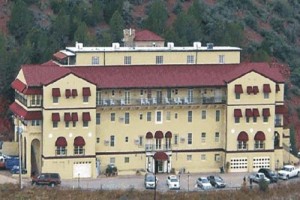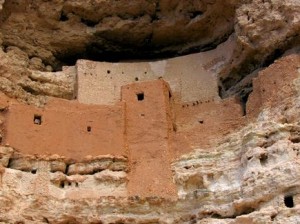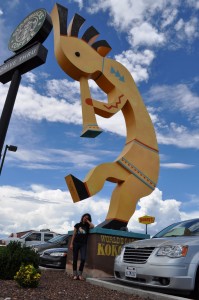Granite Creek Vineyards
Take a break from your daily duties by taking a peaceful vacation to the Granite Creek Vineyards in Chino Valley, a family owned & operated vineyard and winery.
The vineyards are surrounded by rugged granite peaks and high elevation rolling prairie. The vines surrounding the area truly bring everything together. The Chino Valley Vineyards is a family owned and operated vineyard and winery.
The vines bask in the intense sunshine, with hot days and cool nights that last late into the fall. This provides the perfect ripening conditions. Organically farmed granite soil and pure well water help develop the truly delicious fruit.
This vineyard is the first farm in Arizona to be Certified Organic. Granite Creek Vineyards is one of only a handful of wineries in the United States that makes Certified Organic Wines without any added sulfates.
See this and more at the Granite Creek Vineyards website by clicking here.
